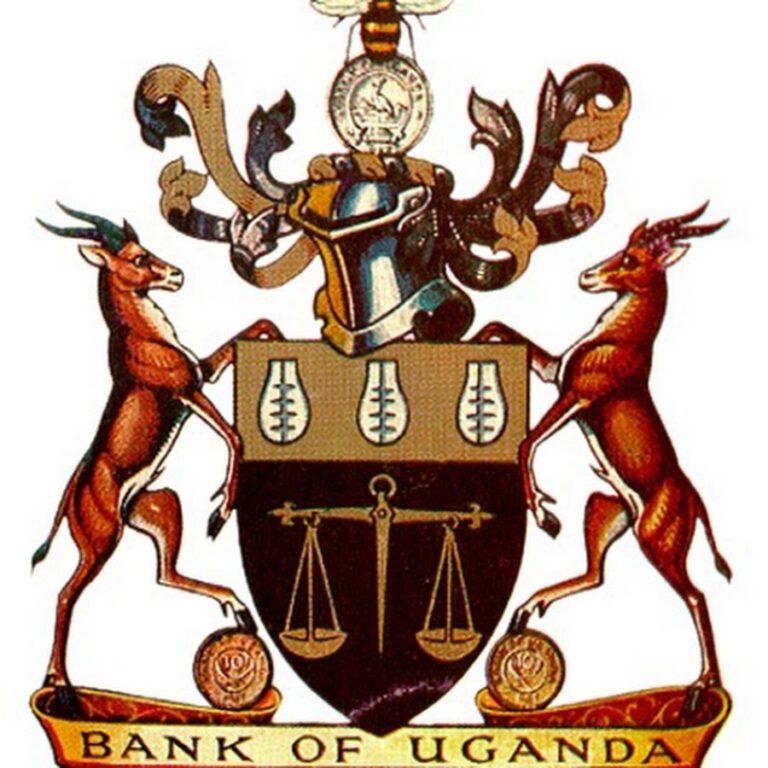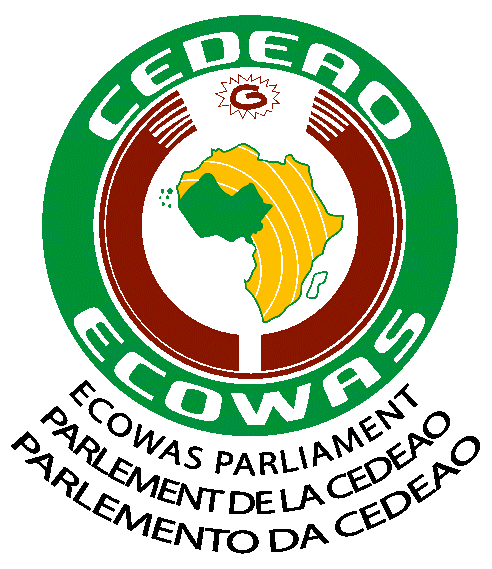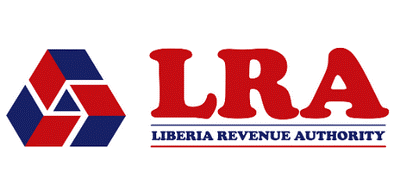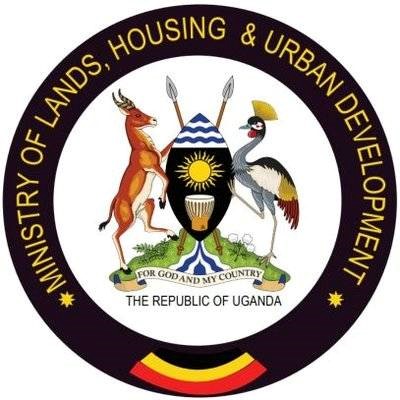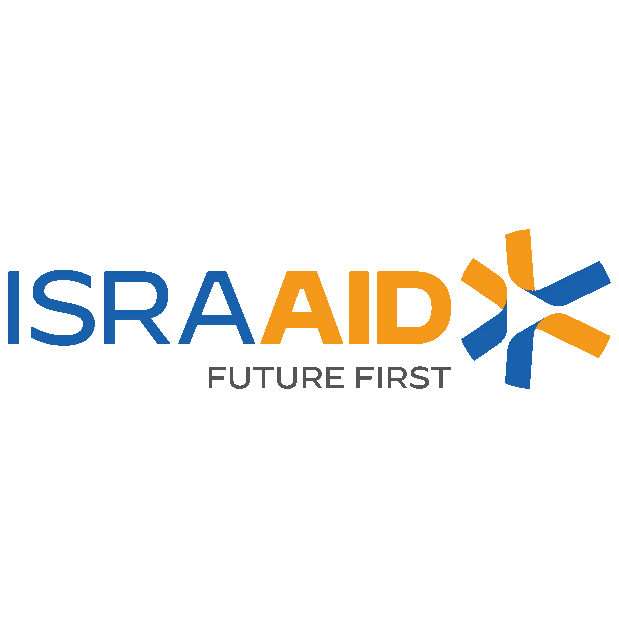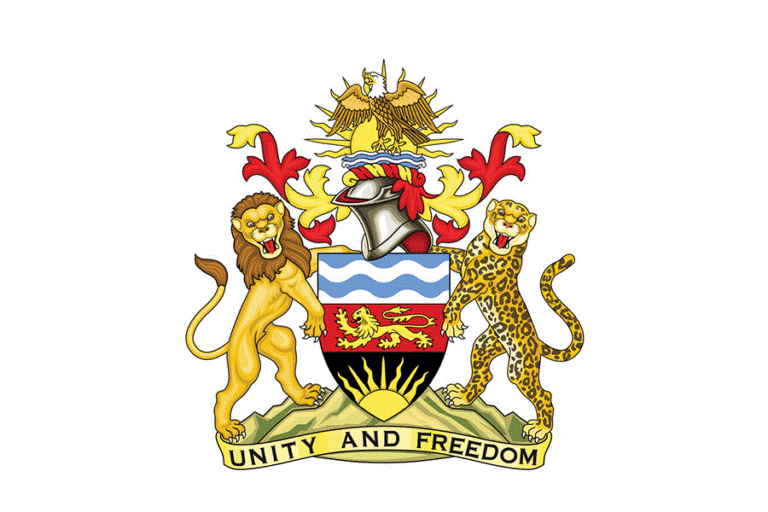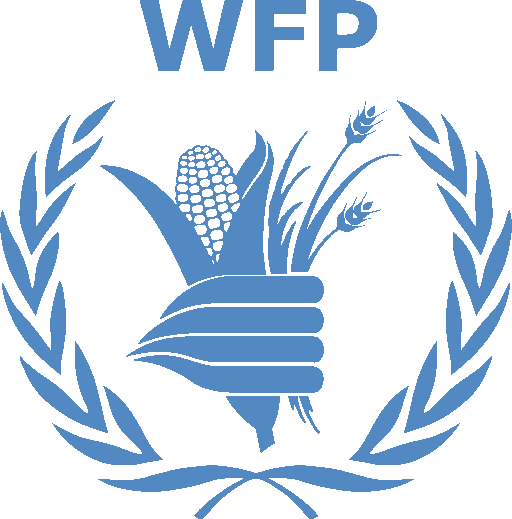Gis and Spatial Analysis for Agriculture and Food Security Training
INTRODUCTION
Geographic Information Systems (GIS) and spatial analysis have become essential tools in addressing the global challenges of agriculture and food security. By leveraging spatial data, GIS enables the monitoring, analysis, and management of agricultural systems, providing critical insights that can enhance productivity, resource management, and sustainability. This course is designed to introduce participants to the practical applications of GIS and spatial analysis in agriculture, focusing on improving food security, optimizing land use, and addressing the impacts of climate change.
Participants will learn how to apply GIS to monitor crop health, assess soil quality, plan irrigation, manage pests, and predict yields. The course will also cover the role of spatial data in improving food supply chains, mitigating food shortages, and supporting policy decisions aimed at ensuring sustainable agricultural practices and food security.By the end of the course, participants will have the knowledge and skills needed to effectively use GIS and spatial analysis tools in agricultural planning, management, and food security efforts. They will be able to apply these tools to improve decision-making, optimize resource use, and support sustainable agricultural practices that contribute to global food security.
DURATION
5 Days
TARGET AUDIENCE
The course targets government representatives, project teams, NGOs, multi and bilateral development organizations, consultancies, etc, who work as Agricultural specialists, project managers, researchers and technical specialists.
OBJECTIVES
By the end of this course the participants will be able to:
- Understand the Role of GIS in Agriculture and Food Security:
- Provide a foundational understanding of GIS and spatial analysis techniques as applied to agriculture.
- Explore the benefits of using spatial data in optimizing agricultural production and managing food security challenges.
- Collect and Analyze Spatial Data for Agricultural Monitoring:
- Equip participants with the skills to collect spatial data from satellite imagery, drones, and field surveys to monitor agricultural landscapes.
- Teach methods for analyzing soil properties, land use, crop health, and weather patterns using GIS tools.
- Apply GIS for Precision Agriculture:
- Introduce participants to precision agriculture techniques using GIS, including site-specific crop management, precision planting, and precision irrigation.
- Demonstrate how GIS can be used to optimize inputs such as fertilizers, water, and pesticides for sustainable and efficient farming practices.
- Monitor Crop Growth and Health Using GIS and Remote Sensing:
- Train participants to use remote sensing data and GIS to monitor crop growth, detect stress factors (e.g., water deficiency, pests), and assess vegetation health using indices like NDVI.
- Teach participants how to forecast crop yields based on spatial data and environmental conditions.
- Support Climate-Smart Agriculture with GIS:
- Show how GIS can be used to analyze climate data and assess the impacts of climate change on agriculture.
- Explore strategies for adapting agricultural practices to changing climate conditions using spatial analysis and mapping.
- Improve Food Security Planning Using Spatial Data:
- Demonstrate how GIS can support food security by analyzing land use, food production trends, and population growth.
- Use spatial data to assess food availability, accessibility, and vulnerability in different regions.
- Plan and Manage Agricultural Resources:
- Teach participants how to use GIS for land-use planning, irrigation management, and water resource allocation.
- Introduce tools for soil suitability mapping, pest and disease monitoring, and sustainable resource management.
- Address Food Supply Chain Challenges Using GIS:
- Provide insights on how GIS can optimize food supply chains by analyzing transportation networks, storage facilities, and market access.
- Teach participants to identify and address bottlenecks in food distribution systems using spatial data.
- Support Agricultural Policy and Decision-Making with GIS:
- Highlight how GIS can inform agricultural policies by providing data on land use, crop distribution, and resource allocation.
- Show how spatial analysis can support government and organizational decisions related to food security and agricultural development.
- Enhance Reporting and Communication Using GIS:
- Train participants to create maps, dashboards, and reports to communicate agricultural data and food security insights to stakeholders.
- Show how GIS-generated maps can support advocacy, research, and policy-making efforts to enhance agricultural sustainability and food security.
COURSE OUTLINE
Module 1: Introduction to GIS and Spatial Analysis for Agriculture
- Overview of GIS in Agriculture:
- Introduction to GIS and its relevance in agriculture and food security.
- Understanding the basic concepts of spatial data, coordinate systems, and map projections.
- Key Applications of GIS in Agriculture:
- Role of GIS in agricultural planning, precision farming, resource management, and food security.
- Case studies of successful GIS applications in agricultural projects.
- Types of Spatial Data in Agriculture:
- Vector and raster data in agriculture.
- Understanding spatial data sources: satellite imagery, aerial photography, field surveys, and GPS data.
Module 2: Spatial Data Collection for Agriculture
- Remote Sensing for Agricultural Monitoring:
- Introduction to remote sensing technology and platforms (satellites, drones) for agriculture.
- Types of satellite imagery used in agriculture (e.g., Landsat, Sentinel, MODIS).
- Data collection methods using drones for crop monitoring.
- Field Data Collection with GPS:
- Using GPS devices to collect field data for mapping agricultural boundaries, soil types, and crop conditions.
- Introduction to mobile data collection tools (e.g., KoboToolbox, Survey123) for agricultural surveys.
- Integrating Data from Various Sources:
- Combining satellite, drone, and ground survey data for comprehensive agricultural analysis.
- Practical examples of integrating spatial data to improve decision-making in agriculture.
Module 3: GIS for Precision Agriculture
- Precision Agriculture Overview:
- Introduction to precision agriculture and its role in optimizing inputs such as water, fertilizers, and pesticides.
- GIS-based tools and techniques for site-specific crop management.
- Soil and Crop Health Analysis with GIS:
- Soil mapping and classification using GIS.
- Using GIS to analyze soil fertility, moisture levels, and texture for better crop management.
- Precision Planting and Irrigation:
- GIS applications in optimizing planting density and crop arrangement.
- Use of GIS in irrigation planning to reduce water usage and improve crop yields.
Module 4: Remote Sensing for Crop Monitoring and Yield Forecasting
- Monitoring Crop Growth with Remote Sensing:
- Use of Normalized Difference Vegetation Index (NDVI) and other indices to monitor crop growth and health.
- Remote sensing techniques for detecting water stress, pest infestations, and nutrient deficiencies.
- Yield Estimation Using Spatial Data:
- GIS-based methods for predicting crop yields using environmental data and historical trends.
- Case studies on yield forecasting for different crops using remote sensing.
- Climate and Weather Data Integration:
- Integrating climate and weather data with GIS for better agricultural planning.
- Analysis of temperature, rainfall, and weather patterns to predict agricultural output.
Module 5: Land Use Planning and Resource Management with GIS
- Land Suitability Analysis:
- GIS tools for assessing land suitability for different crops based on soil, climate, and topography.
- Creating suitability maps for crop selection and land-use planning.
- Water Resource Management Using GIS:
- GIS for irrigation management, water conservation, and watershed management.
- Mapping water resources and analyzing water availability for agricultural use.
- Soil Health and Nutrient Management:
- Spatial analysis for mapping soil fertility and nutrient levels.
- Using GIS for sustainable soil management and erosion control.
Module 6: GIS for Food Security Analysis and Planning
- Assessing Food Security with GIS:
- Spatial analysis of food availability, access, and vulnerability using GIS.
- Mapping regions at risk of food insecurity and identifying drivers of food shortages.
- Supply Chain and Market Analysis:
- GIS applications in analyzing food supply chains, transportation networks, and market access.
- Using spatial analysis to identify inefficiencies in food distribution and develop solutions.
- Policy and Decision-Making Support:
- GIS for supporting agricultural policies and interventions aimed at improving food security.
- Case studies of how GIS has influenced food security planning at local, national, and global levels.
Module 7: Climate-Smart Agriculture and GIS
- Impact of Climate Change on Agriculture:
- Analyzing the effects of climate change on crop production, land use, and food security using GIS.
- Using spatial data to identify climate-resilient agricultural practices.
- GIS for Climate-Smart Agriculture:
- Integrating climate data into GIS for adaptive agricultural planning.
- Planning for sustainable agriculture by using spatial analysis to model future climate scenarios.
- Managing Agricultural Risks:
- Spatial analysis for drought and flood risk assessment.
- Mitigating the impacts of extreme weather events on food production through GIS-based risk management.
Module 8: Pest and Disease Monitoring with GIS
- Spatial Analysis for Pest and Disease Management:
- Using GIS to map and monitor pest infestations and disease outbreaks in crops.
- Analyzing spatial patterns of pest movement and disease spread to implement targeted interventions.
- Early Warning Systems for Agricultural Pests:
- Developing GIS-based early warning systems for real-time monitoring of pests and diseases.
- Case studies on how spatial data has been used to prevent large-scale crop losses.
- Predictive Modeling for Pest and Disease Spread:
- Spatial modeling techniques to forecast the spread of pests and diseases based on environmental conditions.
- Using remote sensing to track disease vectors and agricultural risks.
Module 9: Food Supply Chain Optimization Using GIS
- Spatial Optimization of Food Distribution Networks:
- GIS tools for optimizing food supply chain logistics, transportation routes, and storage facilities.
- Mapping food storage and distribution centers to improve access to markets.
- Food Loss and Waste Analysis with GIS:
- Using spatial data to identify regions with high levels of food loss and waste.
- GIS-based approaches to minimizing food wastage in supply chains and improving food storage infrastructure.
- Identifying and Addressing Bottlenecks in Food Distribution:
- Spatial analysis to locate and solve bottlenecks in agricultural supply chains.
- Solutions for enhancing food access in remote or underserved areas using GIS tools.
Module 10: Advanced GIS and Spatial Analysis Techniques in Agriculture
- Advanced Remote Sensing for Agriculture:
- Introduction to hyperspectral and multispectral remote sensing for detailed crop and soil analysis.
- Use of LiDAR (Light Detection and Ranging) for 3D terrain modeling and precision farming.
- Machine Learning and AI in Agricultural GIS:
- Applying machine learning algorithms to analyze large spatial datasets for crop prediction and land-use planning.
- Using artificial intelligence for automated monitoring of crop conditions from satellite and drone data.
- Spatial Modeling for Agriculture and Food Security:
- Advanced spatial modeling techniques for simulating agricultural scenarios and yield predictions.
- Predictive modeling for long-term agricultural planning and risk assessment.
Module 11: Communicating Agricultural Data Using GIS
- Creating Agricultural Maps and Visualizations:
- Designing informative maps to communicate agricultural data to stakeholders.
- Techniques for visualizing spatial data in a way that is accessible and actionable for decision-makers.
- Developing GIS-Based Dashboards:
- Creating interactive dashboards for real-time monitoring of agricultural and food security metrics.
- Using dashboards to track crop health, yield forecasts, and supply chain efficiency.
- Reporting and Advocacy Using GIS:
- Using GIS-generated maps and reports to support policy-making and advocacy for sustainable agriculture.
- Communicating spatial analysis results to non-technical audiences.
CERTIFICATION
- Upon successful completion of this training, participants will be issued with Macskills Training and Development Institute Certificate
TRAINING VENUE
- Training will be held at Macskills Training Centre. We also tailor make the training upon request at different locations across the world.
AIRPORT PICK UP AND ACCOMMODATION
- Airport pick up and accommodation is arranged upon request
TERMS OF PAYMENT
- Payment should be made to Macskills Development Institute bank account before the start of the training and receipts sent to info@macskillsdevelopment.com
Gis And Spatial Analysis For Agriculture And Food Security Training in Kenya
| Dates | Fees | Location | Action |
|---|---|---|---|
| 20/10/2025 - 24/10/2025 | $1,500 | Mombasa |
|
| 27/10/2025 - 31/10/2025 | $1,250 | Nairobi |
|
| 03/11/2025 - 07/11/2025 | $4,000 | Johannesburg |
|
| 10/11/2025 - 14/11/2025 | $2,900 | Kigali |
|
| 24/11/2025 - 28/11/2025 | $1,250 | Nairobi |
|
| 24/11/2025 - 28/11/2025 | $1,250 | Nairobi |
|
| 01/12/2025 - 05/12/2025 | $4,000 | Johannesburg |
|
| 08/12/2025 - 12/12/2025 | $1,250 | Nairobi |
|

